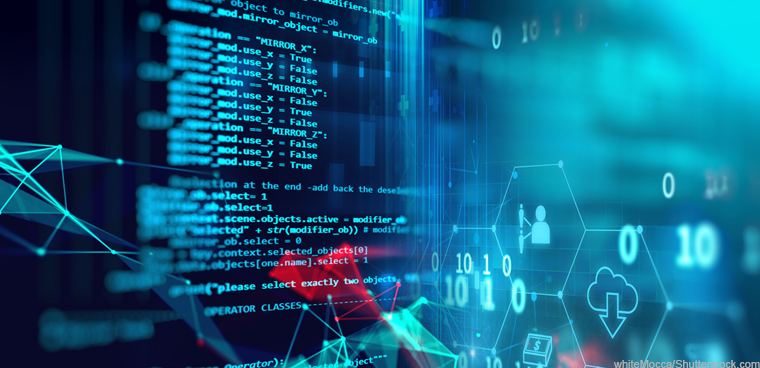
To maintain the security of all applications at your organization, safety must be ingrained throughout all stages of the custom software development process, not just deployment. There are four significant stages of software evolution, regardless of the process management technique, your organization utilizes to generate applications: development, testing, deployment, and monitoring.
Steps in Software Development
- Development
This is the spot where the application or program is conceived and developed. Finding and addressing application security concerns early on is significantly less expensive than waiting after an application has been launched. Therefore empowering developers to design secure software from the start is vital.
Create static evaluations that are fully integrated inside the environment in which developers work, giving them rapid feedback during the development process. Developers will get automatic notifications for known susceptible components if open-source component analysis is added. Scan findings that have been audited, including line-of-code information and repair suggestions, serve to foster secure coding best practices.
- Testing
After developing an application, it should be thoroughly tested before deploying in a live environment. Even if you included security in your design, it might face additional obstacles in practice.
Use dynamic assessments for online apps and web services. Before deploying an application release to production, they use a combination of automated and human testing approaches to scan the application attack surface and find exploitable flaws.
- Deployment
After these tests are performed, it is time to deploy. However, not all vulnerabilities can be addressed before an application goes online. Misconfigurations in production systems can bring flaws that were not present in testing, and new zero-day vulnerabilities can emerge between release cycles.
Repeat your tests as soon as your application is online to confirm that everything is secure and running correctly. But don’t think that these one-time checks are the end of your security obligations.
- Auditing
Because technology and cybersecurity threats are constantly evolve, you should also incorporate protection through monitoring.
Continuous dynamic scanning for vulnerabilities and risk profile changes, identification of rogue apps, and run-time detection of security events in the program are all part of a comprehensive production monitoring routine.

